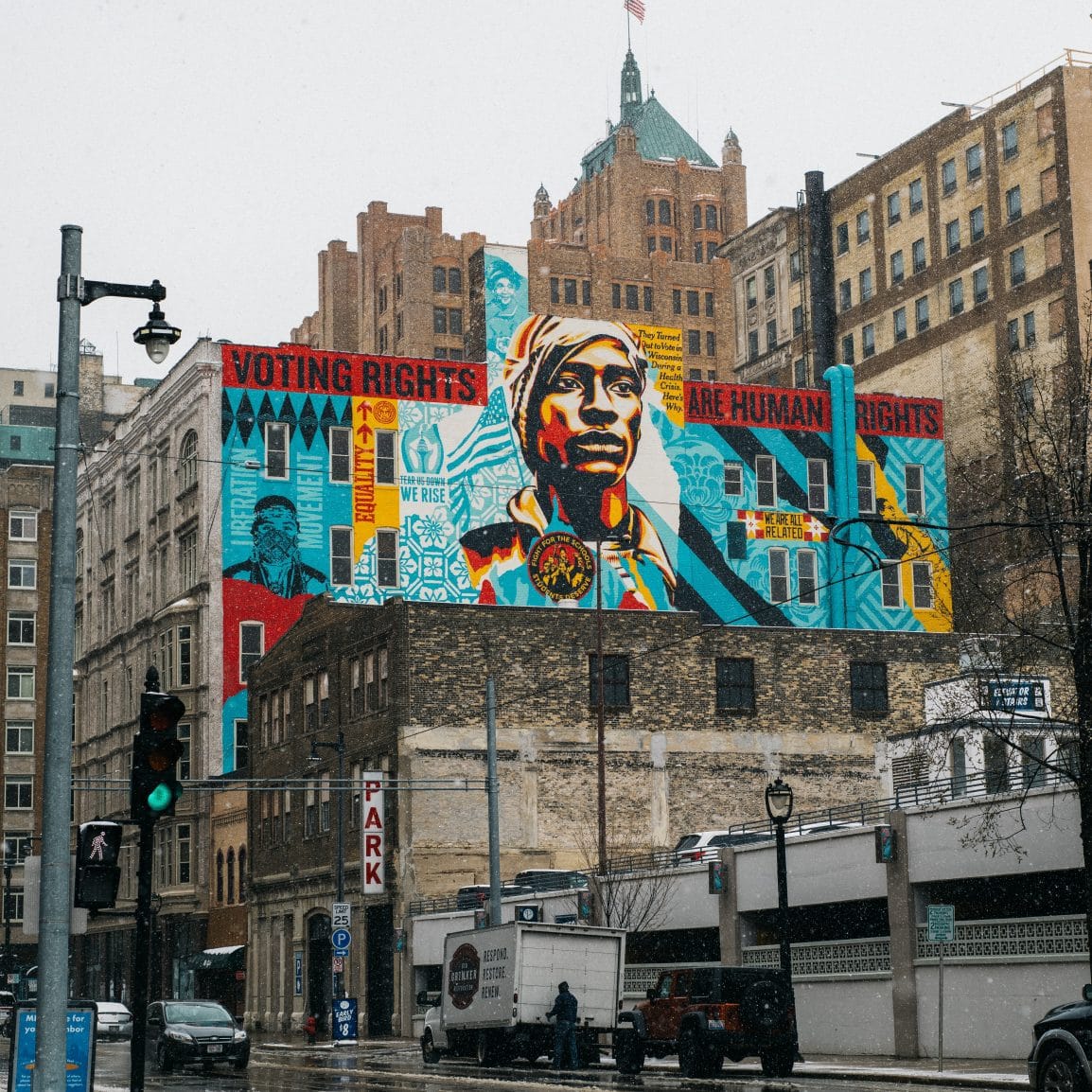2020 and 2021 were both full of politics and division; one of the most talked about topics in these last two years has been voting. The 2020 election greatly highlighted the challenges that go along with voting, especially for people of color. The number of people who don’t vote because of these challenges was brought to attention by the media.
As of now, early voting is not permitted in every state, voting is difficult to access for Americans with disabilities, election day is still a workday, and states with a history of voter discrimination aren’t being carefully managed to ensure they have left their old ways.
Legislators presented two Acts to the House and the Senate to help make our voting process more fair and accessible. However, Republicans and a few Democrats opposed the bills due to the looming, future midterm election. They know that if they support these bills they will lose voters.
What were the 2 bills that they presented?
-
John Lewis Voting Rights Advancement Act
This Act aims to reverse a 2013 Supreme Court decision (Shelby Counter v. Holder) that struck down key parts of the Voting Rights Act of 1965. This would restore the Voting Rights Act of 1965 to full power. It would restore the requirement that states with a history of voter discrimination have to receive approval from the Department of Justice or a federal court before enacting voting changes.
-
Freedom to Vote Act
This Act would affect many aspects of our democracy. It would expand opportunities to vote; such as, requiring all 50 states to offer early voting periods for at least 2 weeks prior to Election Day. It would create a national standard allowing no-excuse voting by mail for every eligible voter, and it would make Election Day a holiday, so people can better find time to vote.
It would address some of the most challenging obstacles to voting access that Americans with disabilities face. The Act require states to ensure that individuals with disabilities have the same access to absentee ballots and applications as other voters. It would establish federal criminal penalties for deceiving voters. This bill would restore federal voting rights to formerly incarcerated individuals upon their release. This bill would protect voters and provide accessible voting opportunities to everyone.
What happened to these bills?
The John Lewis Voting Rights Advancement Act failed by a vote of 50 in favor to 49 against (it needed 60 votes to move to be debated). The Freedom to Vote Act failed to move to debate by a vote of 49 in favor to 51 against (it also needed 60). Democrats then tried to abolish the filibuster, which, in simple terms, requires 60 votes in favor of a bill to move on. The idea is that legislation will be passed with support from “both sides.” Due to the opposing, unjustified, and strict voting rights coming from the Republicans, Democrats had to work hard to remove the filibuster to get the 2 voting rights acts passed.
However, the Democrats failed. The vote was 52 against and 48 in favor.
Now, what do we do?
We have to keep fighting for voting rights. Restrictive voting laws are passing awfully quick in certain states. Our right to participate in our democracy is being attacked.
This is the time to learn about voting rights and fight to protect them.
For another interesting read about division in politics, check out this Interview with Jordyn Hudson where she explains how she believes our generation will bring about a necessary change in our culture and democracy.

